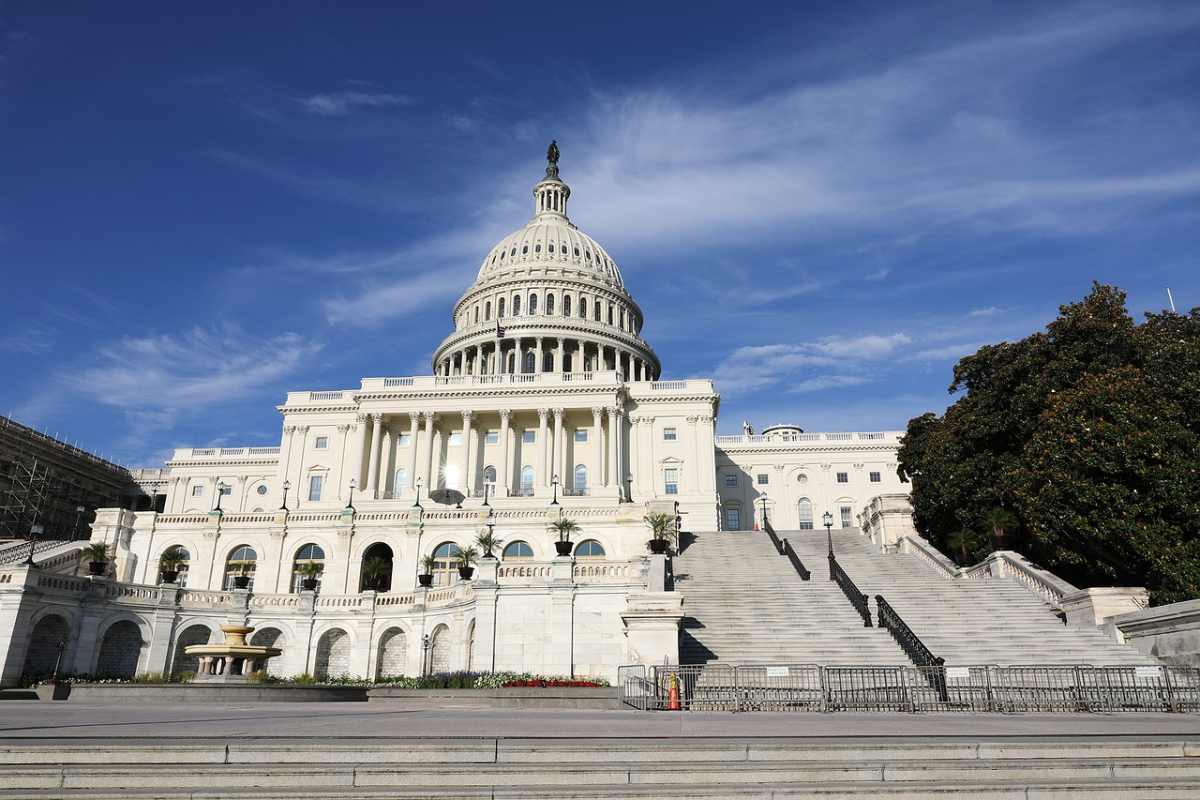Marktonderzoek in Washington DC
Het grootstedelijk gebied van Washington, DC is de achtste grootste stedelijke economie in de VS.
De 68,3 vierkante mijl van het District of Columbia zijn uitgesneden uit Maryland en liggen aan de overkant van de Potomac River van Virginia. DC is de hoofdstad van het land. De bevolking van het grootstedelijk gebied is bijna 5 miljoen mensen. Hoewel de economische impact van de overheid enorm is, geldt dat ook voor de bijdragen van andere sectoren, waaronder onderwijs, horeca en toerisme, en meer. Marktonderzoek in Washington DC helpt organisaties om beter te voldoen aan de behoeften van belanghebbenden.
Uitzonderlijke universiteiten, waarvan er meerdere grote onderzoekscapaciteiten hebben, voeden de economie en leveren talent voor lokale bedrijven en overheidsbehoeften. De musea, galerieën, het aquarium, de dierentuin, monumenten en nationale schatten trekken miljoenen toeristen en congresgangers. Hotels en horecabedrijven profiteren van hun verkeer, zowel met lage als hoge uitgaven. En als hoofdstad van de Verenigde Staten, een district met een eigen overheidsstructuur, biedt het werk aan tienduizenden mensen, wat een van de grootste grootstedelijke gebieden van het land creëert. Een efficiënt metrosysteem en gezonde relaties met nabijgelegen steden zoals Arlington houden de economie van The District levendig en op een hoog niveau.
De hogeronderwijssector
Er zijn een aantal grote colleges en universiteiten in de beperkte ruimte in het District of Columbia. Hieronder vallen de campussen van Georgetown University, American University, Howard University, Gallaudet University en George Washington University.
Hoger onderwijs is goed voor duizenden banen en helpt The District haar hoogopgeleide bevolking te behouden. Elk jaar nemen 80.000 studenten deel aan cursussen bij een of meer van de aangesloten instellingen van het DC Consortium. Het hoger onderwijs van The District brengt $2 miljard op voor de economie van het gebied en levert topadvocaten, artsen en andere professionals af. Veel studenten blijven na hun afstuderen in DC.
Gastvrijheid en toerisme-industrie
Washington, DC ontvangt elk jaar meer dan 20 miljoen bezoekers, waaronder meer dan 2 miljoen buitenlandse toeristen, die meer dan $7 miljard uitgeven. Uitgaven aan hotels, detailhandel, eten en drinken en entertainment ondersteunen 75.000 banen in The District.
Het organiseert 15 District-brede conventies en laat $278 miljoen achter. Meer dan 450 District-evenementen, waaronder het DC Jazz Festival, Annual 4e van julivieringen, en meer produceren meer dan $415 aan uitgaven van bezoekers. En de vele toeristische attracties met gratis toegang trekken bezoekers, maar verminderen de uitgaven die ze voor andere doeleinden kunnen gebruiken.
Ondanks het ontbreken van een groot pretpark, blijft de hotelsector van The District (130 hotels met 30.200 kamers) stabiel en groeit met een betrouwbare bezetting van 60%. Mensen bezoeken het voor historische attracties, musea, congressen, lobbyen, entertainment, diplomatie en andere zaken die verband houden met de overheid. Het gemiddelde dagtarief van de hotels, hoewel beperkt door de dagvergoeding van de overheid, overtreft dat van Chicago, New York City en San Francisco.
Regering
Omdat de economie van Washington, DC de zetel is van de uitvoerende, wetgevende en rechterlijke macht van de federale overheid, profiteert ze van haar deelnemers, verkeer en directe en indirecte uitgaven.
De overheid is altijd de grootste economische bijdrager geweest, maar haar dominantie varieert met politieke administraties met herhaalde bezuinigingen, sluitingen en bezuinigingen. Toch is de impact significant als je naar de componenten kijkt.
De uitvoerende macht overleeft tot op zekere hoogte op basis van het beleid en de initiatieven van de president in functie. Maar meer dan vierduizend, waaronder leden van Defensie, Binnenlandse Veiligheid, Financiën, Volksgezondheid en Human Services en andere agentschappen, zijn direct verbonden met het uitvoerende kantoor.
Veel werknemers van de agentschappen hebben een baan bij de overheid, beschermd door regelgeving en vakbonden. Presidentiële initiatieven om het aannemen van personeel te bevriezen, worden meestal gecompenseerd door uitbreiding op andere gebieden. Het totale aantal civiele werknemers bij de kabinetsagentschappen is meer dan 170.000. De grootste is Homeland Security met ongeveer 25.000 posities.
Congress bevolkt het Capitool en nabijgelegen kantoorgebouwen met duizenden ondersteunende medewerkers. Het houdt toezicht op vijf ondersteunende diensten in het Congressional Budget Office, General Accounting Office, Joint Economic Committee, Government Printing Office en de Architect of the Capitol.
Het Hooggerechtshof vergadert in een eigen gebouw waar de negen leden worden ondersteund door grote stafleden, waarvan sommigen als stagiairs werken om het prestige van het kantoor te verwerven. Het ministerie van Justitie telt bijna 24.000 werknemers.
Ongeveer 20% van de werknemers van The District werken voor de federale overheid. Veel overheidsmedewerkers wonen ook in het grootstedelijk gebied in Virginia en Maryland.
Marktonderzoek in Washington DC
SIS heeft uitgebreide ervaring in het uitvoeren van kwalitatief veldwerk en kwantitatieve dataverzameling in DC, Noord-Virginia en Maryland. Sommige van onze medewerkers zijn alumni van vooraanstaande DC-universiteiten en kennen het gebied goed. We zijn ervaren in het uitvoeren van straatintercepties, politieke focusgroepen, focusgroepen voor financiële managers en vele andere soorten onderzoek.
Voor onderwijsinstellingen in de regio hebben we marktkansen en toelatingsbeoordelingen uitgevoerd, omdat ze groeikansen in het hele land en wereldwijd overwegen. We hebben gezondheidszorgbedrijven en toerismebedrijven in de regio bediend.



